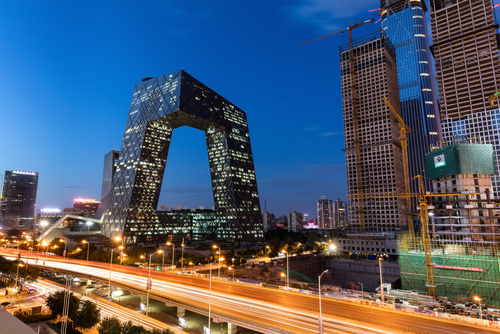Later this year, Beijing will host the world’s leading China-Europe business event, the International Capital Conference. This is one of many indicators of the spectacular city’s growing popularity as a meetings, incentives, conferences, exhibitions (MICE) destination.
Business meets leisure: 6 days in Beijing
It has already attracted global and regional events — linking stakeholders from all over the world at APEC, The Global Mobile Internet Conference, and the 8th Clean Energy Ministerial. And the number of conferences held in China’s capital has only gone up, recently as much as 20 percent.
Home to multinational companies and cutting-edge architecture, the modern metropolis is a bridge between rich Chinese culture dating back over three millennia and 21st century innovation.
Beijing is equipped with world-caliber infrastructure —from an extensive city subway network to new high-speed rail routes. It also boasts experts on the ground who ensure that every tour or event is planned to precision — be it a large-scale show at the New China International Exhibition Center or an exclusive gathering at the glamorous and recently opened Bulgari Hotel.
Augmenting Beijing’s corporate capacity and overall tourism, a new policy, 144-Hour Visa-Free Transit, allows certain en-route travellers to stay up to six days in Beijing, and nearby Tianjin and Hebei, on a visa exemption.
In under a week, visitors can take in Beijing opera, museums and the Great Wall of China, learn to make dumplings, and enjoy Tax-Free Shopping from the Pearl Market to Wangfujing Street and beyond.

